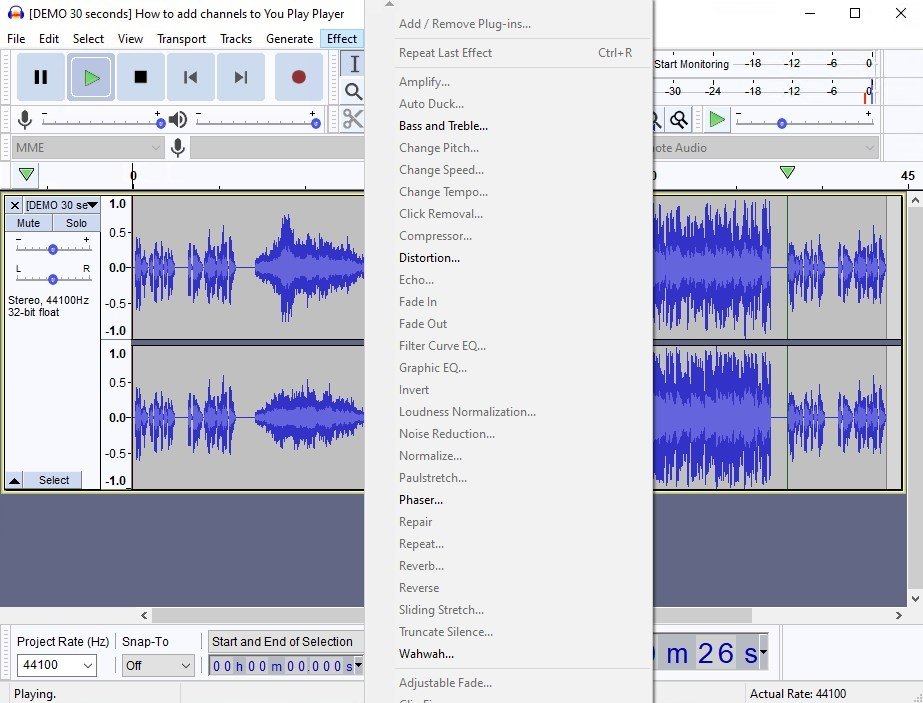


If you download a pre-built library, this might be either a "shared" or "static" build. It is recommended to use a shared build, but Audacity will also work with a static build.Ī static build consists of a single libavformat library, whereas a shared build has at least three libraries (libavformat, libavcodec and libavutil). To build FFmpeg, obtain the source code from the FFmpeg project. To build libav, obtain the source code from the libav project. Configure the build with -enable -shared so that it builds the necessary shared object library (.so) files. If required, you can also configure to enable or disable particular encoding/decoding libraries. When you build Audacity from our source code, it should link to the installed FFmpeg headers. Ubuntu / Debian based packages are often built with dynamic loading disabled. When dynamic loading is disabled, LAME and FFmpeg will be loaded automatically if compatible versions are installed and there will not be a "Libraries" page in Preferences. If you installed FFmpeg while Audacity was running, or if you installed FFmpeg to a non-default location, Audacity will ask you to configure Preferences to locate the FFmpeg library. Click Open then OK and OK again to close Preferences.įFmpeg Library Version should now show a set of three version numbers for the sub-libraries of FFmpeg ("F" for libavformat version, "C" for libavcodec version and "U" for libavutil version).Navigate to the folder that contains FFmpeg and select the file libavformat.so.55 or other appropriate libavformat version.If the "Locate FFmpeg" dialog appears, click Browse.If a "Success" message indicates Audacity has now automatically detected valid FFmpeg libraries and asks if you want to detect them manually, click No, then OK to close Preferences.then "Libraries" in the list on the left:Īs in the image above, the FFmpeg Library Version will say "not found".


 0 kommentar(er)
0 kommentar(er)
